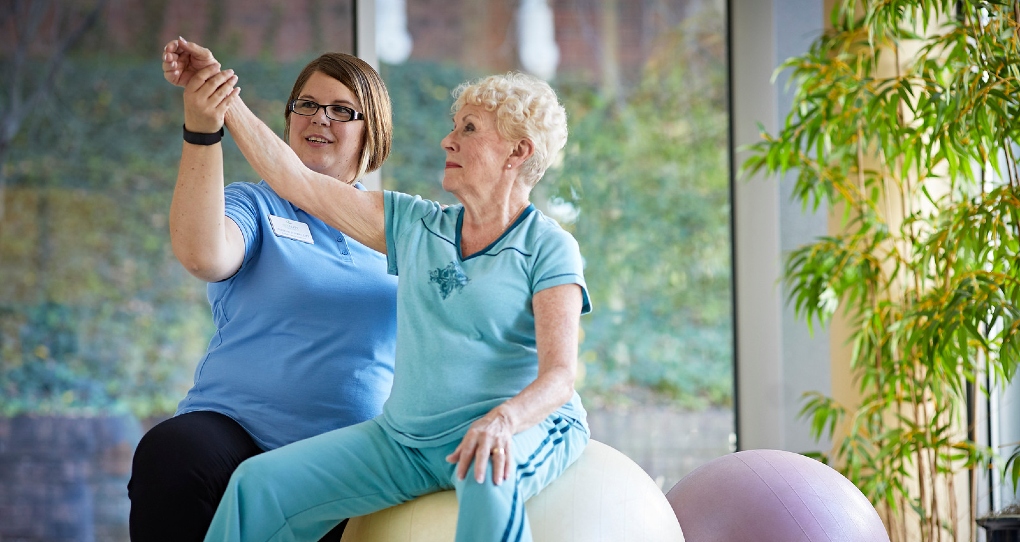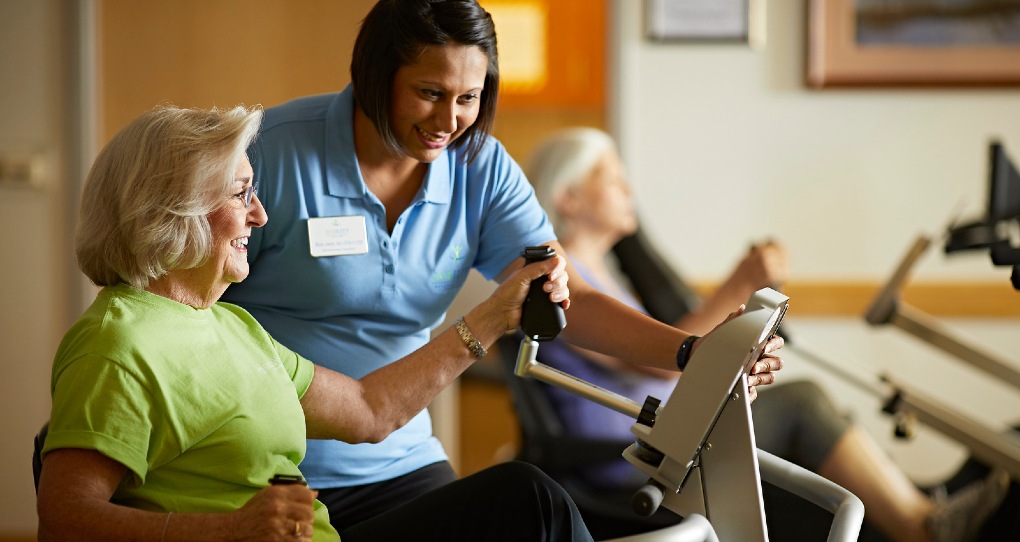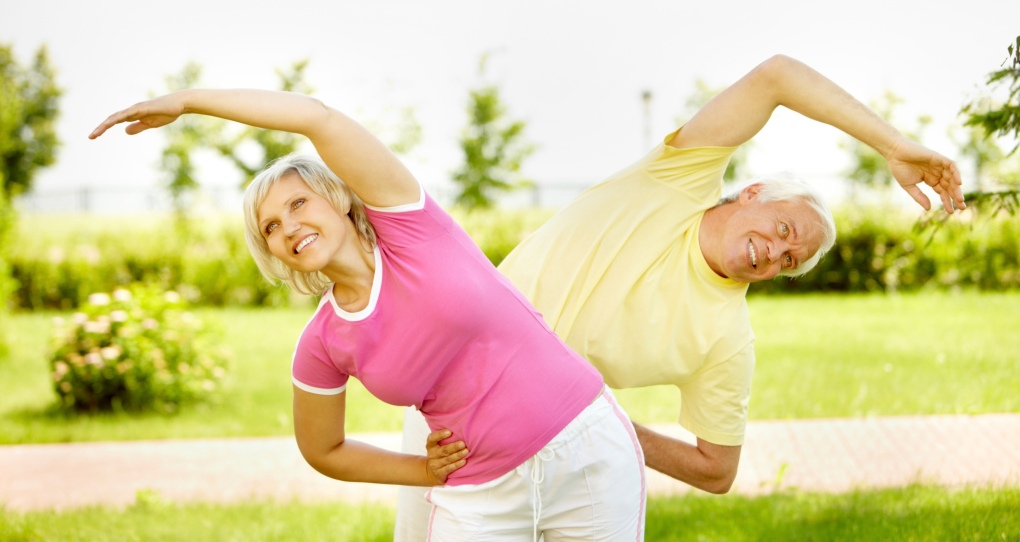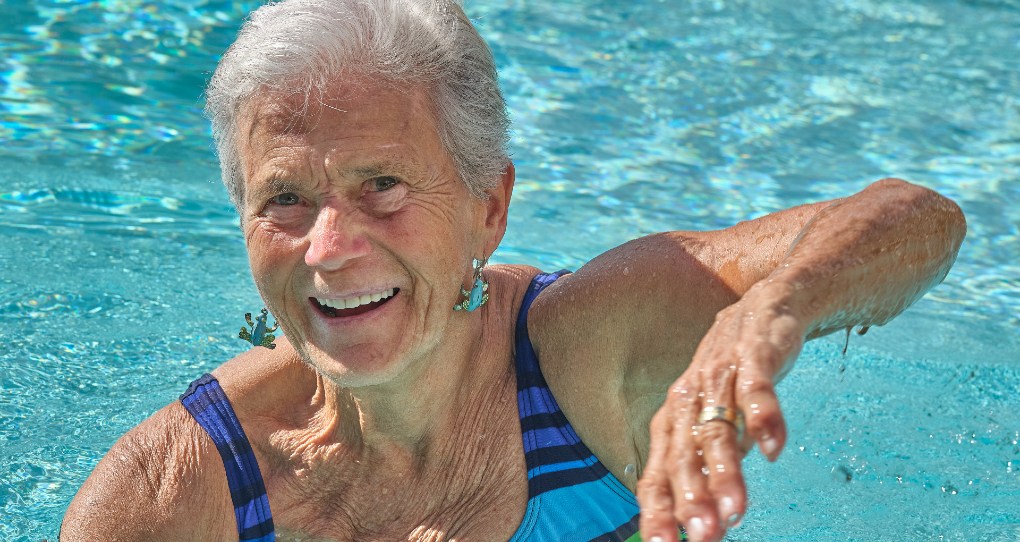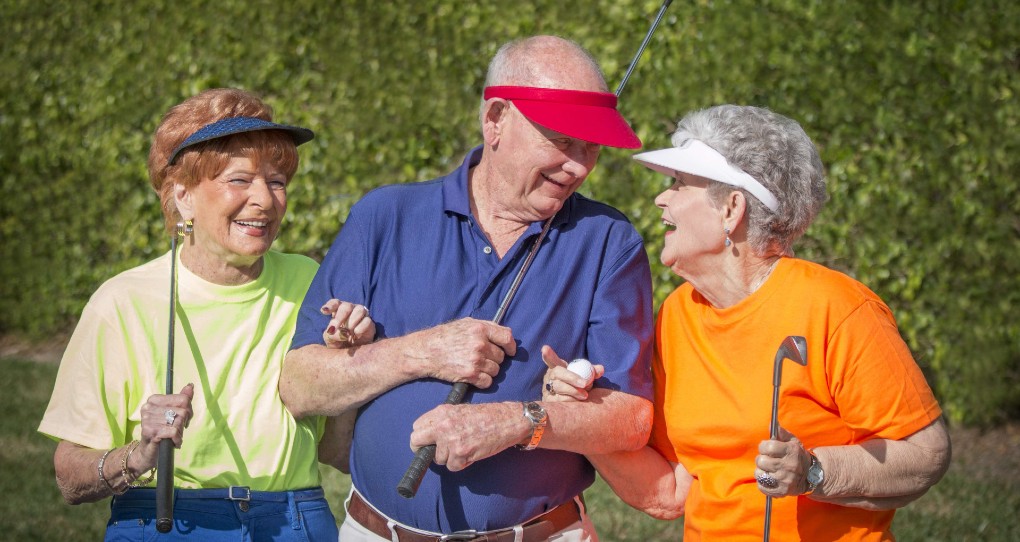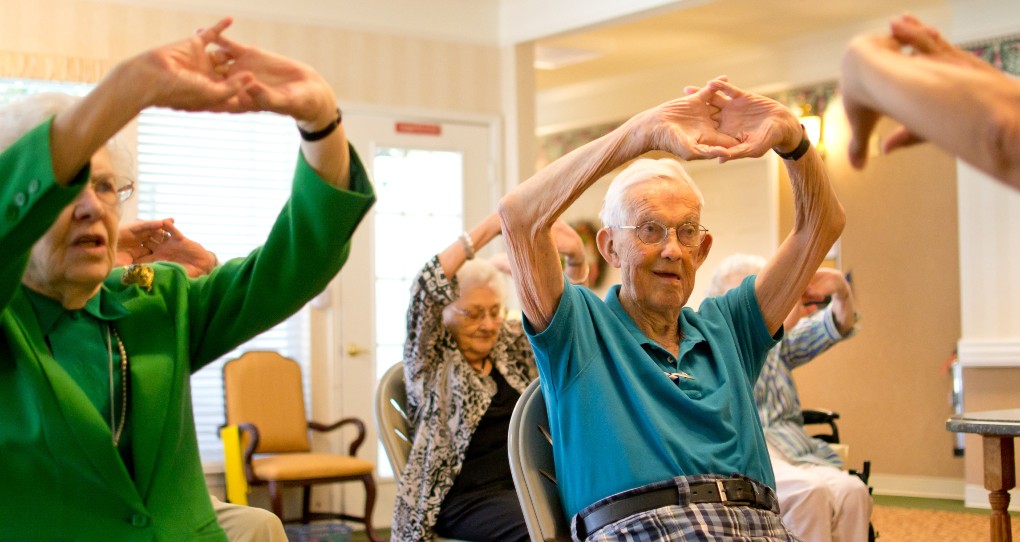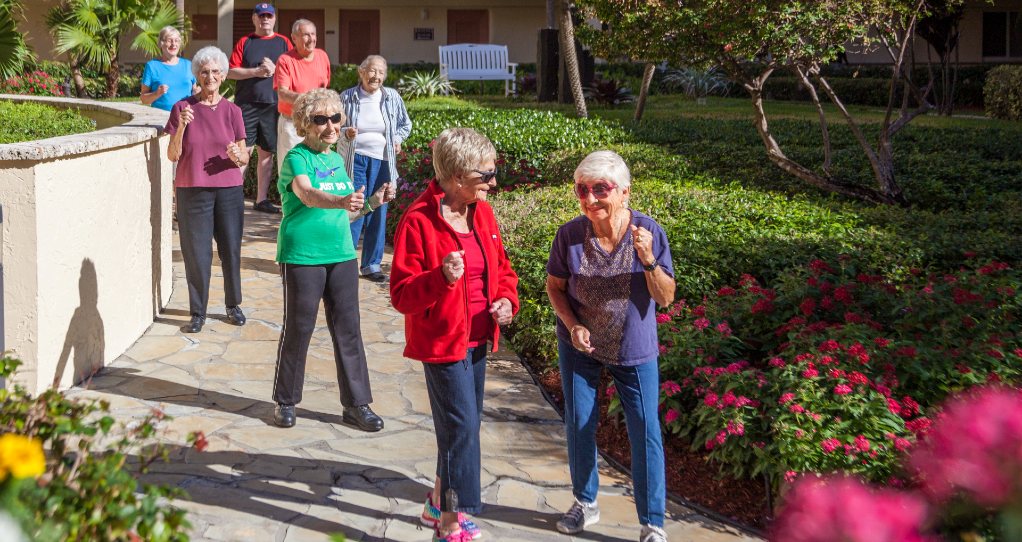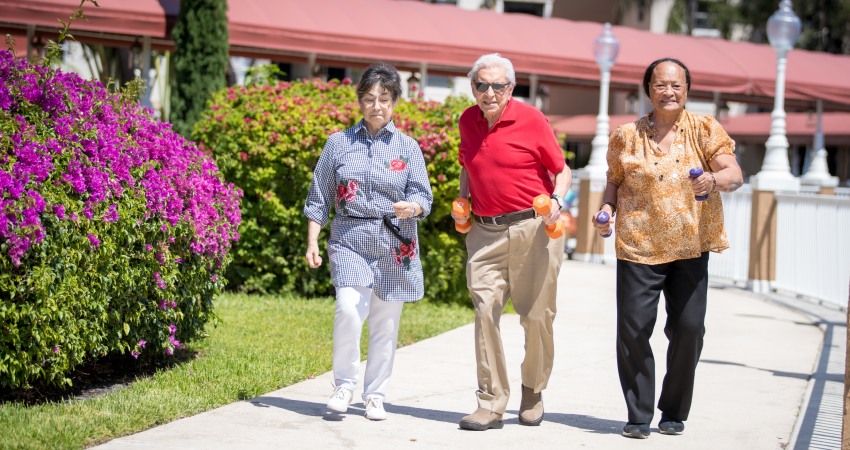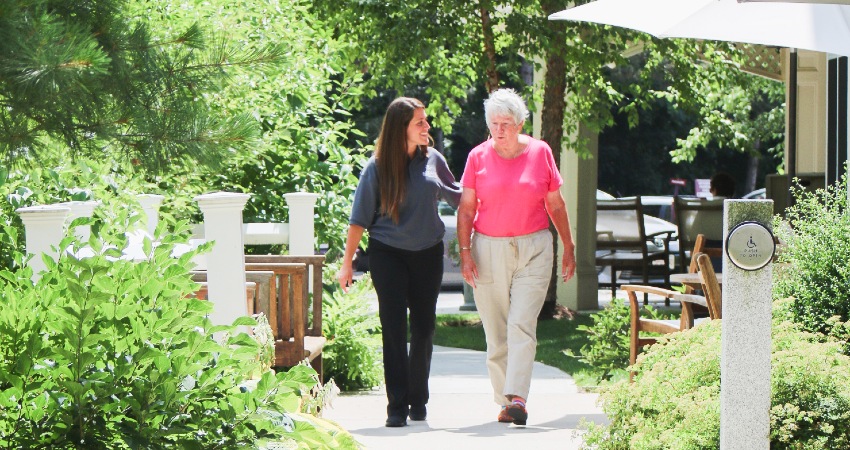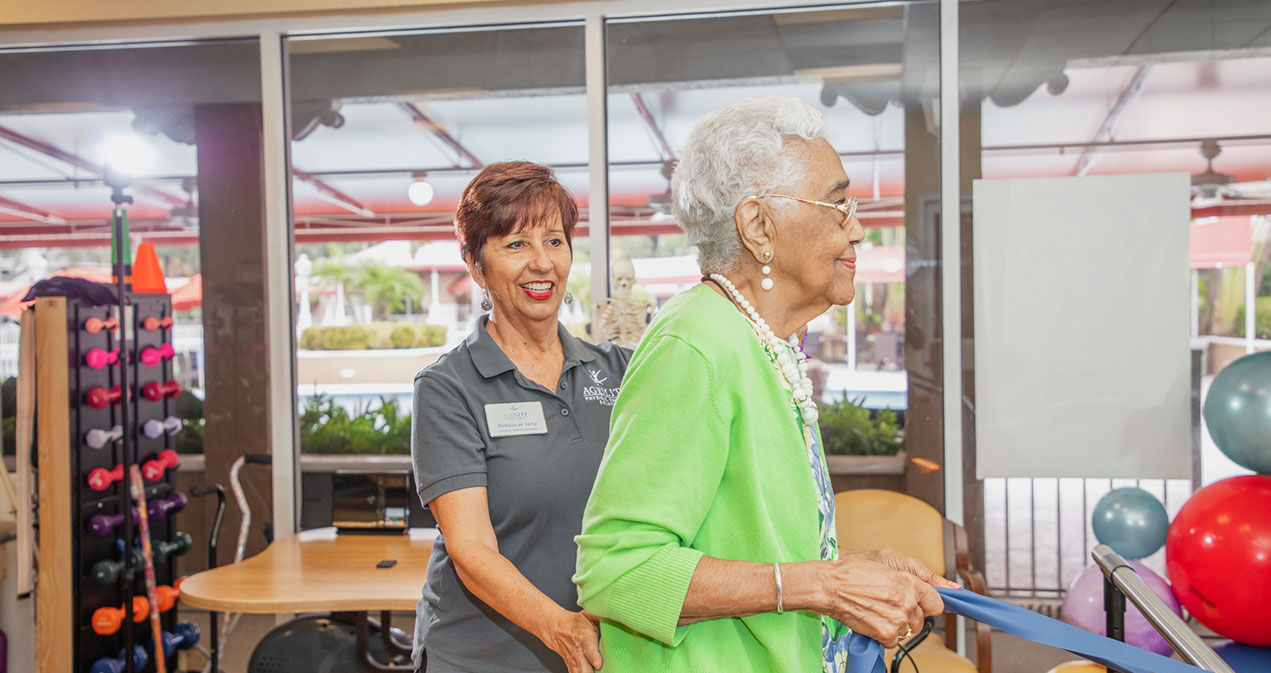When Home Health Isn’t Enough to Reduce Rehospitalizations
October 8, 2021A bad fall can happen to anyone. Just one wrong step can lead to a devastating injury that requires a trip to the hospital, especially for older adults. In fact, one out of every four seniors fall every year, leading to about 800,000 hospitalizations annually. After being discharged, fall-related injuries are also the third most common cause of hospital readmission for older adults, according to a 2019 study.
The good news for senior living communities is that 20-30% of older adult falls in long-term care facilities are preventable. A major factor is whether the community offers a strong continuum of care from home health to outpatient rehab. Home health alone can help residents get back on their feet, but fall risk can still be high without ongoing therapy. That’s why an experienced physical therapy partner who offers a full continuum of care is essential to helping residents stay on their feet and in their community for as long as possible.
“Home health is great, but it often isn’t enough,” says Michel Weaver, vice president of Ageility Physical Therapy Solutions. “An outpatient plan of care following a home health episode of care brings an individual a more durable therapy outcome.”
The Missing Link in the Continuum of Care? Outpatient Rehab
Many senior living communities have multiple home health partners who provide skilled nursing care. Once a resident’s medical needs are addressed, though, outpatient rehab is key to finishing the recovery process so the resident can fully reengage with their lifestyle. If outpatient rehab isn’t available, residents can remain at a high risk of falls and ending up back in the hospital.
That gap in a community’s continuum of care is where Ageility’s full range of therapy services—including outpatient rehab—fits right in. The results speak for themselves. Communities who have partnered with Ageility have seen a 36% reduced rate of falls. That means fewer residents returning to the hospital and more living life to the fullest in their community.
Here’s what a resident’s journey to full recovery might look like with Ageility:
- The resident is discharged from the hospital after a hip fracture and returns to the community requiring acute nursing care.
- Ageility’s licensed therapists provide initial therapy while nursing care is provided until the resident reaches a stable level of health.
- The same Ageility team of therapists then provides outpatient therapy until the resident reaches their best possible potential.
- The resident may then engage with Ageility’s fitness program to continue to build strength and conditioning and maintain their independence for as long as possible.
“You want that same therapist who’s going to know the residents and be able to pull them through the full continuum of care,” says Grace Davenport, Ageility’s Eastern Divisional Director of Rehabilitation. “The goal is partnering with the communities on what the best route to recovery is for each individual resident.”
An On-Site Partner Who Knows Your Residents
We don’t just partner with communities. We’re also on-site, which means we get to know your residents and are there through every step of their recovery. Getting set up is easy. Our fully equipped clinics can be up and running in the community within 60 days. Set up itself can be done in one day with little to no help needed from your team thanks to our white glove service. As a certified Medicare provider, Ageility also takes care of insurance billing and recruitment, so you have more time to spend with residents.
Residents also benefit. With clinics located inside the community, residents can see a therapist whenever they need whether they’re recovering from an accident or just want to be more active. “The Ageility clinic itself is also a valuable amenity for people considering moving into a senior living community,” says Weaver.
Growing Your Competitive Advantage
A strong continuum of care requires collaboration. When communities partner with Ageility, residents achieve the best results thanks to a therapy team that’s there for every step of the recovery process. As people age, the risks of illness and fall-related injuries grows. A full continuum of care provider like Ageility reduces that risk—and grows your competitive advantage—by guiding residents from home health to outpatient rehab to full recovery, helping them stay out of the hospital and in the community they call home.
“Our outcomes are about people being engaged in whatever is meaningful in their lives,” says Weaver. “By having a continuum of care right there within your community, you have a solid partner who’s there to help every resident reach their full potential.”
To learn more about how Ageility can partner with your home health provider to create a full continuum of care in your community and reduce rehospitalizations, contact [email protected] for more info or search for an Ageility location near you.


